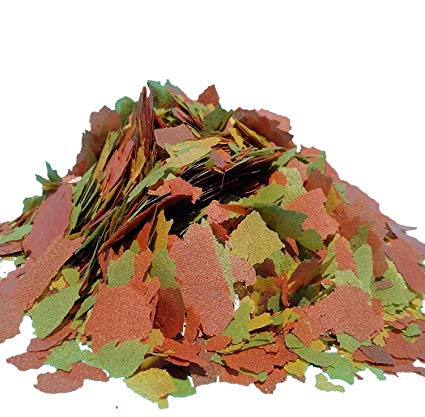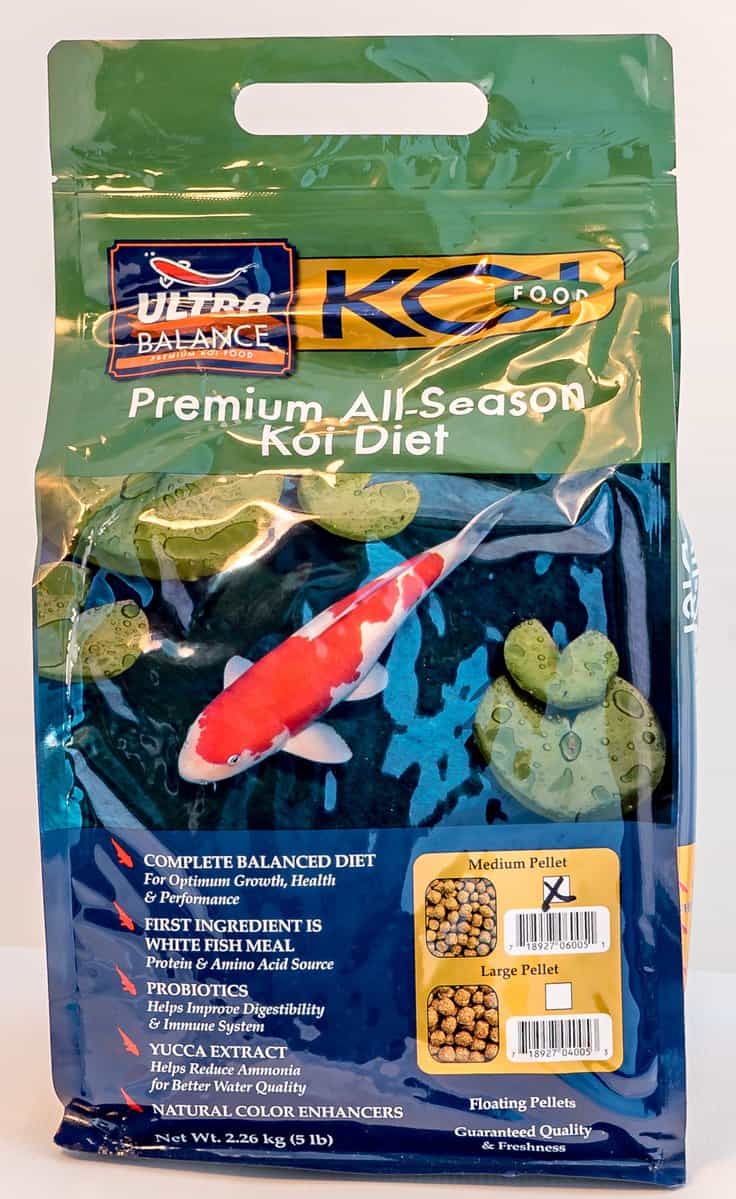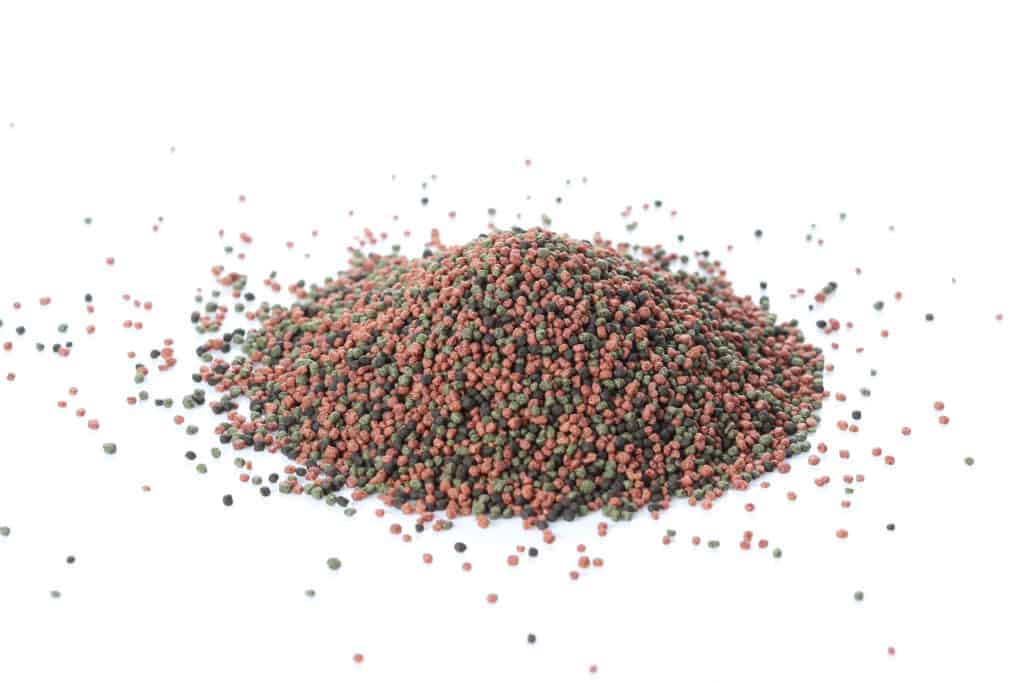What is the best way to store fish food? Rather than roll up the bag and toss it in the corner, all fish food should be kept in an airtight, opaque storage container in cooler temperatures of a pantry or closet. And fish food storage is no exception.
Also keep in mind that fish food starts to lose water-soluble vitamins, such as vitamin C, as soon as you open it. Within a few months, there is barely any available vitamin C left. (Sources here, here and here.) Vitamin loss can be prevented by properly storing your fish food. All fish food should be kept in an airtight container, in a cool place out of the sun.
Types of Fish Food

Fish Flakes
Due to their high surface to mass ratio, fish flakes lose vitamin C faster than any other fish food. If your fish can handle a pellet, switch them over. These days they come in very tiny sizes!

Fish Pellets
Most of these products now come in light-proof, re-sealing pouches, which is great! Keep them in a cool place out of direct sunlight to keep them in good condition.

Koi Food
Even though your koi live outside, your food should not! If it is not in a re-sealing bag, keep all food in an airtight container in a cool place, out of the sun.
Since the temperature of a koi pond can vary widely, make sure you are feeding a temperature-appropriate diet. Higher protein foods are fed with warmer water.
Best methods to store fish food
We recommend a sealed container, such as a mason jar, screw top container or pet-food specific storage bin. Keep your food in a cool, dark place, such as inside your pantry for the best vitamin retention.
For more on fish nutrition, check out our Fish Food Nutrition webinar:
Mistake #5 – Not Understanding Filtration
Mistake #7 – Feeding Your Fish Too Much


Thanks we are paying attention and do apreciarte your help.